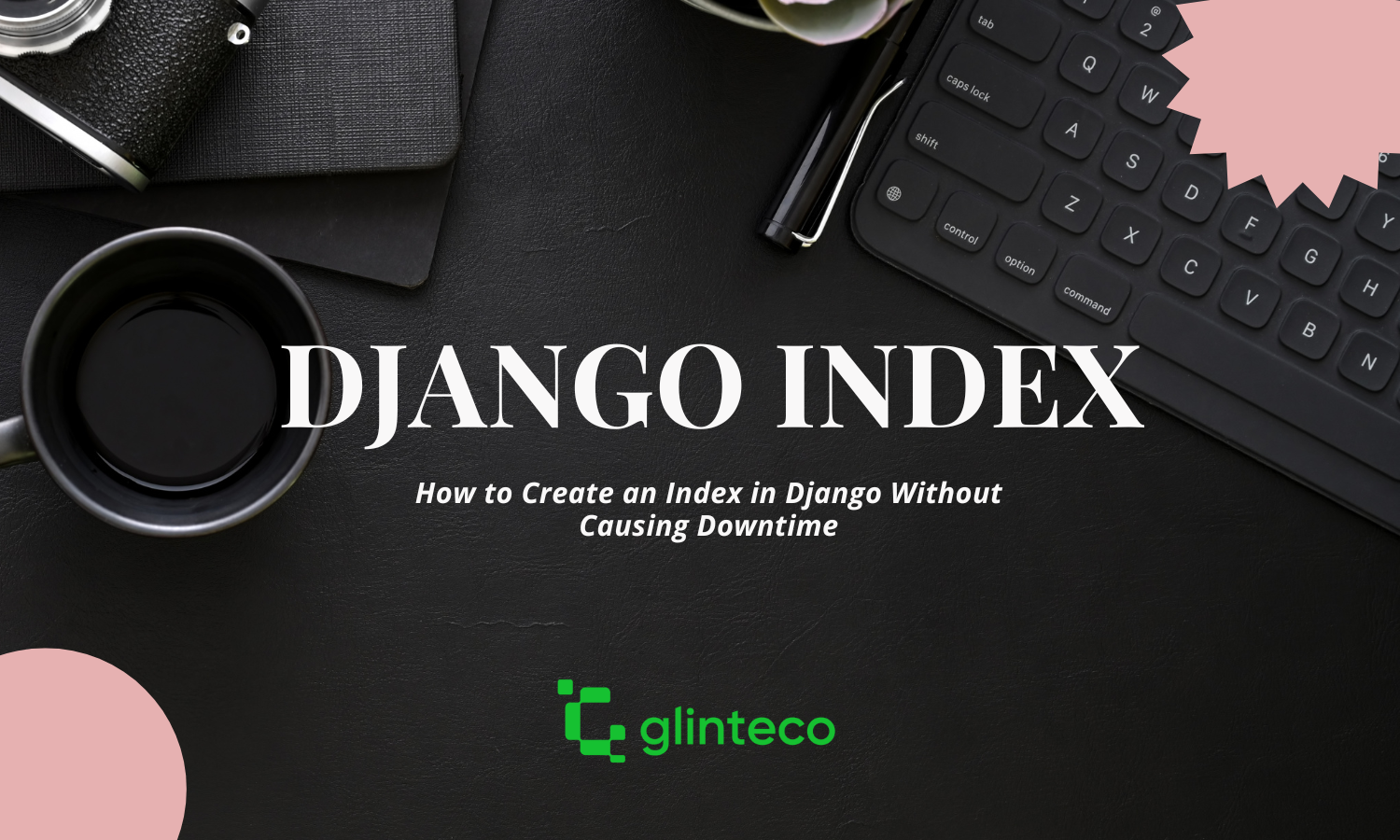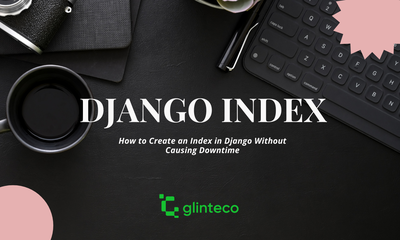By JoeVu, at: 18:05 Ngày 10 tháng 2 năm 2024
Thời gian đọc ước tính: __READING_TIME__ phút


By JoeVu, at: 18:05 Ngày 10 tháng 2 năm 2024
Thời gian đọc ước tính: __READING_TIME__ phút


